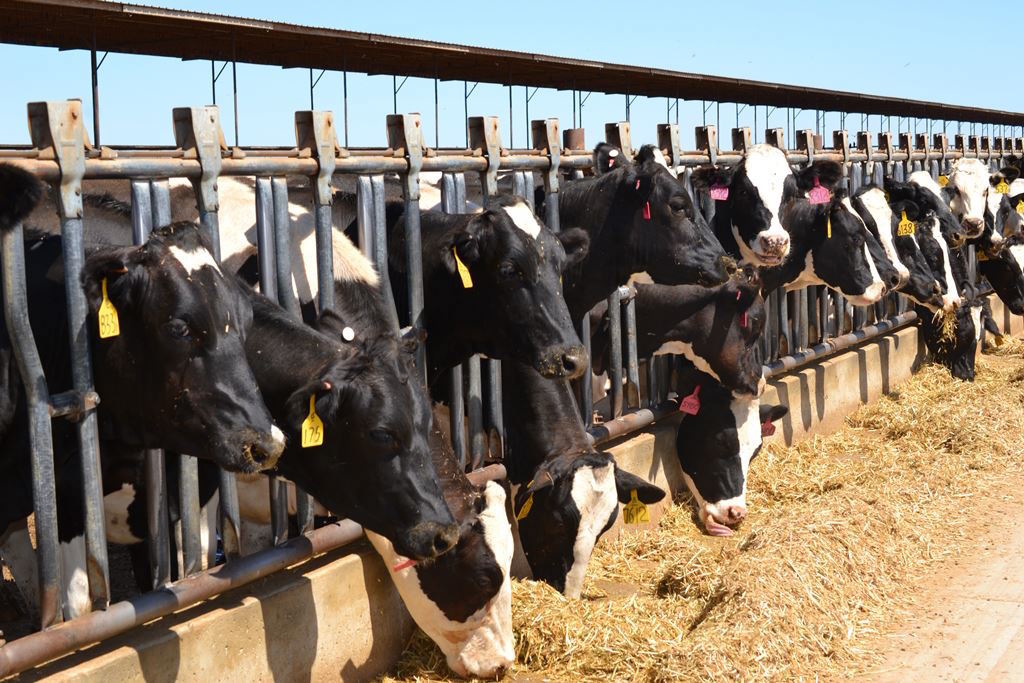
This is a controversial issue that we found increased motivation and engagement. Using the vehicle of a Mystery to address the question: Should we change our animal rearing and/or meat-eating habits? the students’ explore What’s Happening? and Why is it Happening? Their solution to the mystery will also answer the question: What can we do about it? During the activity they will gain Ecological Understanding as they learn about different farming methods for meat production.
What Are Mysteries?
Mysteries can provide real cognitive challenge to small collaborative groups, but their effectiveness relies on thorough planning and careful preparation of information for the students to sort. The Mystery featured here has been carefully prepared for students to explore the impact of intensive animal farming on climate change.
We begin by explaining the value of using this pedagogic approach to support students’ literate thinking and higher-order thinking skills.
How Do Mysteries Develop Literate Thinking?
In Mysteries, pupils are given a question to investigate and answer. The information they need is contained in a series of factual statements cut up onto individual slips of paper. Some statements may be irrelevant, misleading or contradictory, others provide valuable information – it’s up to the pupils to decide what statements are important and which can be disregarded.
Unravelling the Mystery begins as the students read the statements together and decide how to sort and organise them to address the key question. This means listening to each other and taking account of each other’s viewpoint and talking to each other as they decide how to organise the statements to best answer the Mystery’s question.
Statement sorting of this kind promotes higher order reading skills. The language we associate with scientific or academic writing often uses the third person and passive voice – a style students often find difficult to access. Presenting such information in ‘bite-size’ chunks on individual slips of paper helps to make the text more accessible. Pupils should be encouraged to support each other with the reading in order to make sense of it.
As the students read the statements and select evidence to support their developing arguments, they must justify their decisions with reasons. As they engage in close reading they practice higher order skills of reading for meaning and purpose.
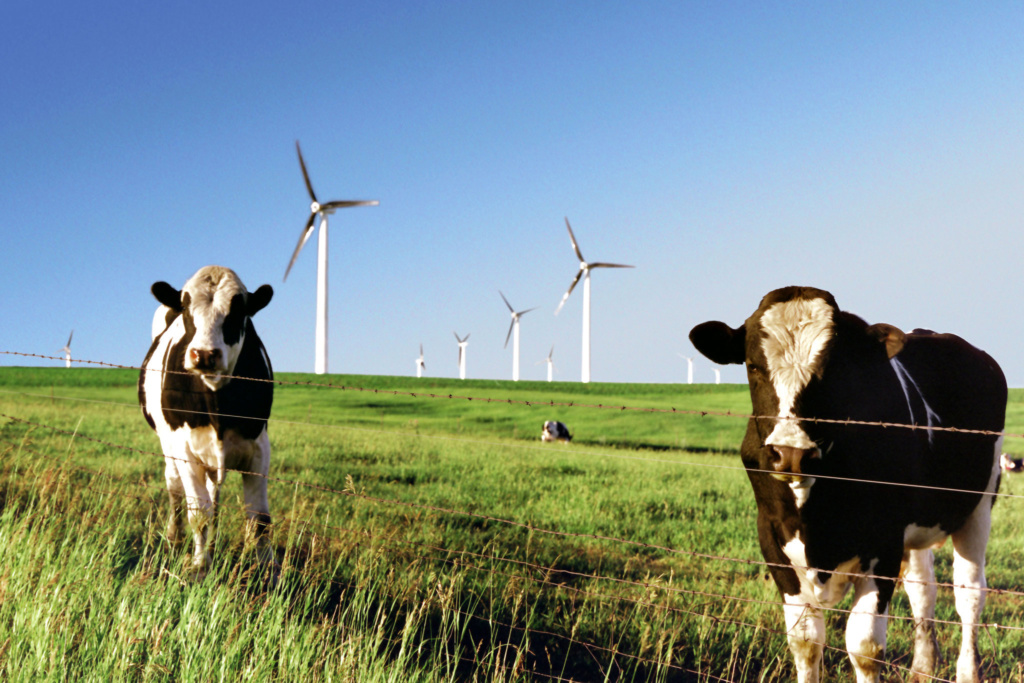
During the sorting process, pupils should be encouraged to make notes to help them organise and develop their thinking. They will also need to learn how to structure a logical argument. At the end of the session they are called upon to explain their conclusions and show how they support their answer with relevant evidence. How well the students do will depend directly on how well they have grouped and organised the paper slips.
Developing Higher-Order Thinking Skills
In the process of listening, speaking, reading and writing, the students are also engaged in a wide range of higher order thinking skills. These include:
- classification
- analysis of problems, events and arguments
- testing of hypotheses
- speculation
- inductive and deductive reasoning
- the establishment of cause and effect
Mysteries always have a strong narrative thread linking the cognitive with the affective to engage students and enable them to explore attitudes and values. As students consider issues from the different perspectives of those positions represented in the statements, they come to understand that evidence can be subjected to different interpretations – a valuable skill in the information age.
Overall, Mysteries provide opportunities for exploring key societal issues in a way that promotes pupil thinking, brings the content of real-world issues alive, and improves literacy. The topic of industrial farming of animals will help pupils become more curious and reflective about the important issue of how we farm in the future.
Subject Areas
The Mystery examines modern industrial farming practices in animal rearing and its impact on the climate and therefore links to the geography curriculum related to economic activity and the use of natural resources. It increases understanding of how human processes can change environments and the climate, and how human activity relies on effective functioning of natural systems. It relates to the science curriculum by helping pupils understand how we produce greenhouse gases through farming and the impact of this on climate change. However, the topic is one that could also be explored in English as it promotes higher order reading and speaking and listening. It is also a suitable topic for a Citizenship lesson.
The central question pupils will be exploring is: Should we change our animal rearing and/or meat-eating habits? Clues to help students answer this question comes in the form of statements which are ready to print and cut up below.
Pupils will need to read, sort, arrange and re-arrange the statements to help them make sense of the Mystery. All the information on the statements relates to scientific and geographical understanding, and covers:
- the process of meat production
- the impact of animal farming on the planet’s natural resources
- human meat-eating habits and their projected increase
- the impact of animal rearing on global warming
Discussion of the statements will help pupils come to a conclusion in the form of an answer to the question. Whether they answer yes or no, they must support their conclusion with a reasoned argument, supported by evidence. A Mystery Thinking Frame is provided to scaffold this presentation.
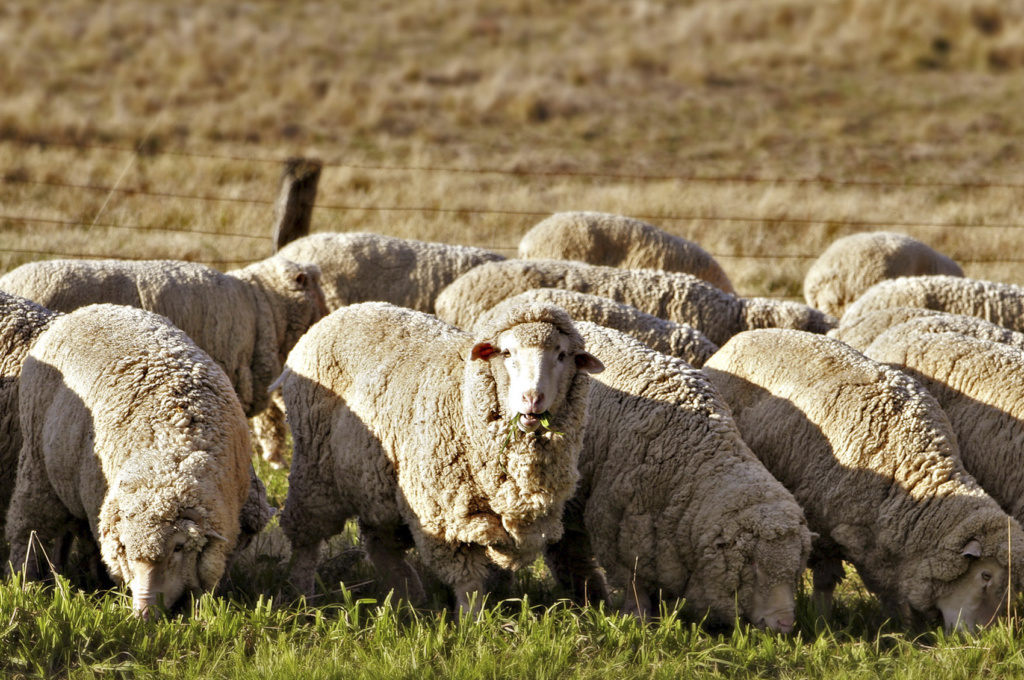
There are no predetermined right answers – each group will come to their own conclusions. The important thing is that they justify their conclusions with a coherent argument derived from the evidence. During this process they will inevitably draw on moral and ethical issues and arguments.
The thinking frame on which arguments should be summarised has been adapted from the Activating Children’s Thinking Skills project, and aims to promote metacognitive skills through making visible the kind of thinking pupils have been engaged in – in this case, how to construct an argument with premises and a conclusion.
Learning Objectives
Through carrying out this activity, pupils will:
- develop an understanding of the impact of animal rearing on climate change
- gain increased political literacy regarding local, national and global issues
- improve skills in aspects of listening, speaking, reading and writing
- use higher order thinking skills
- feel prepared to hold a position on an important topic that causes much controversy in the world today
Resources
A set of statements below to be photocopied, cut up and placed in an envelope for each group of three to four students.
- A Mystery Thinking Frame for the group to record their answers.
- NB Some teachers may want each student in the group to have their own frame to support homework set after the lesson or for revision purposes.
- Preparation
- Cut out the statements provided and place them in an envelope, one for each group.
- Write the Mystery question on the front of each envelope: Should we change our animal rearing and/or meat-eating habits?
- Photocopy a blank Mystery Thinking Frame for each group.
Introduction
Organise mixed-ability groups of three to four children and give each group an envelope and a Mystery Thinking Frame. Explain that the pupils will be behaving like detectives trying to solve a mystery. The slips of paper in the envelope contain clues to help them. Emphasise that there is no right answer, as long as pupils can support their conclusion with evidence.
The following four factual statements can be displayed on the whiteboard to help the students understand the context for the mystery:
The world’s population is expected to stabilise by 2050 at 9-10 billion people (currently 7 billion). All these people have to be fed.
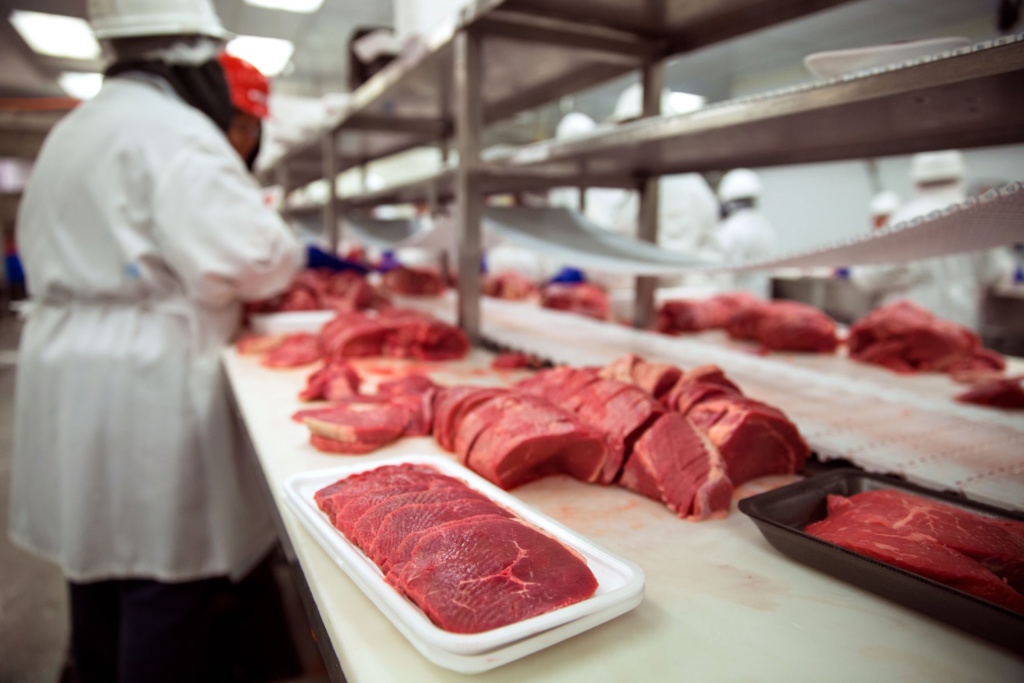
Global warming is a gradual increase in the overall temperature of the earth’s atmosphere, caused by increased levels of greenhouse gases such as carbon dioxide and methane.
Intensive animal farming or industrial livestock production, also called factory farming, is a modern form of farming, and refers to the industrialised production of livestock, including cattle, poultry and fish, in confinement at high stock density.
A feedlot is a type of animal feeding operation which is used in factory farming for finishing (fattening) livestock prior to slaughter. It mostly refers to beef cattle, but can also apply to pigs, horses, sheep, turkeys, chickens and ducks.
Main Exercise
This Mystery investigates the role of intensive animal rearing in the production of gases that contribute to global warming. The statements stimulate the students to consider whether or not we should continue with current intensive meat production and with our increasing levels of meat eating.
Their own eating habits and their attitudes towards animals and the environment will influence how students respond to the statements. The issues under consideration are ethical as well as practical and are contestable; there are no unassailable right answers. Students need to be clear what their reasons are for the conclusions they come to and support their conclusions with evidence from the statements.
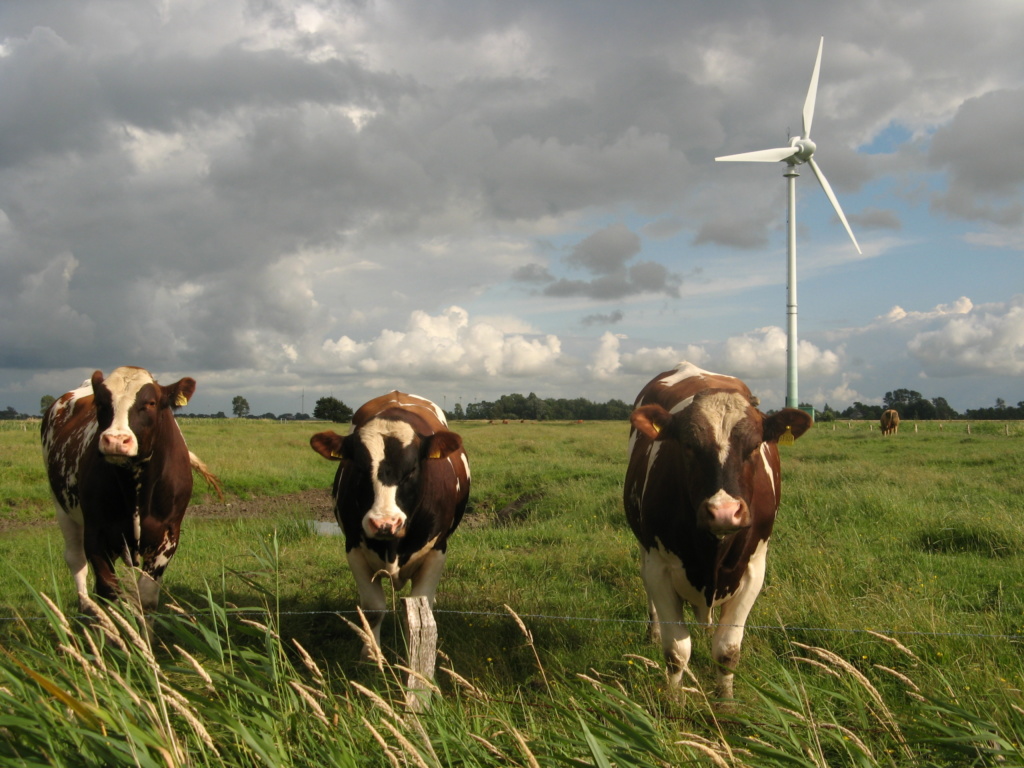
Ask pupils to read the key question before opening the envelopes and spreading out the statements. Explain that they are going to use the statements to answer the key question, which will involve sorting the statements into groups and identifying links between them. Suggest they take it in turns to read the statements and jointly decide how to organise them.
When they have come up with an answer to the question, they should write it on the thinking frame in the box marked ‘Conclusion’. Evidence to support their answer should be written in the ‘Reason’ boxes, summarised from the statements but in their own words.
Debriefing
A debriefing is very important once pupils have completed the task. Ask each group to state their main conclusions and explain the reasons they have given for their choices on the thinking frame.
You might also like to ask some key questions in the debriefing to ensure that students have understood the implications of the Mystery. The pupils could answer the questions in class or complete them for homework.
Questions may include:
- Why is methane more worrying than CO2 as a greenhouse gas?
- If feedlots produce less methane, they sound like a good idea – what other factors do we have to take into account when deciding whether or not to rear animals in feedlots?
- Which animal has the best protein to meat conversion? Should we focus on these animals for food production?
- Which animal makes the highest contribution to global warming? Should we stop producing these animals for food?
- Why don’t we feed pigs and chickens our food waste?
- Why are people worried about antibiotics in animal feed?
- Should we be worried about the huge amounts of water needed to produce animals intensively? Why/Why not?
- Why are people worried about the massive amounts of manure produced by animals in feedlots?
- What are the implications of cutting down forests to create animal grazing?
- Based on the evidence in the Mystery, what arguments could be put forward for eating less meat?
Research questions
Depending on the subject area, you might want to set research questions for the students. The following are some examples:
- What digestive process produces methane in cows?
- How do cows convert the grass they eat into protein?
- What other sources of protein can we eat and produce sustainably? (Pupils could research mussel production, fish farms and insects as alternative protein sources here).
- Should we only rear ruminants naturally on grassland that it is unsuitable for growing crops?
- How much meat should we eat in a healthy diet?
- Is some meat healthier than others?
- What are the arguments put forward in favour of vegetarianism?
- What additional arguments are put forward in favour of veganism?
Statements
Photocopy and cut out the statements below prior to the lesson. Each group of pupils will need a full set.
Livestock production, also called factory farming, is a modern form of farming, and refers to the industrialised production of livestock, including cattle, poultry and fish, in confinement at high stock density.
A feedlot is a type of animal feeding operation which is used in factory farming for finishing (fattening) livestock prior to slaughter. It mostly refers to beef cattle, but can also apply to pigs, horses, sheep, turkeys, chickens and ducks.
According to the United Nations, the methane that comes from the digestion of ruminant animals such as cows and sheep adds 2.8 billion tonnes of methane to the atmosphere every year.
Globally, we slaughter and consume 300 million cattle, 1.4 billion pigs, one billion sheep and goats, five million horses, two million camels, 3.5 billion ducks and turkeys, and 60 billion chickens per year.
Worldwide, we eat twice as much meat as we did 50 years ago.
The average Briton and European eats 80kg of meat a year. The average American eats 120kg.
A side effect of cows eating is the production of methane whenever they belch. Methane produced by farm animals is an incredibly potent greenhouse gas.
A third of the entire landmass of the earth is given over to animals that we either eat or milk – that is 70 per cent more land than a century ago.
The seven billion people on the planet eat 65 billion animals every year – this is predicted to double in the next few decades.
An adult cow can produce 500 litres of methane every single day – that’s equivalent to a family car.
A quarter (26 per cent) of the ice-free landmass of the earth is devoted to grazing for animals.
Cows naturally eat grass. A cow can eat about 50kg of grass a day and convert it into 1kg of meat.
The majority of American beef is produced on a feedlot.
A third of crop-rearing areas on the planet are used to grow crops to feed animals.
You can dramatically reduce the amount of methane a cow produces by changing its diet.
Some feedlots have been criticised for poor animal welfare and pollution of the local environment.
The economic efficiency of a feedlot can lead to environmental gains.
Feedlot cows produce 40 per cent less methane than grass-fed cattle.
Chinese meat consumption has risen from 11g of meat per person per year 50 years ago to 55kg.
Industrial agriculture needs huge amounts of water to irrigate crops that are grown to feed farm animals.
Industrially raised chickens produce slightly less carbon-emissions than free-range farming methods.
In intensive farming, feedlot cattle are fed growth hormones and antibiotics (some of which are banned in Europe).
Pigs and chickens fed only on the 15 million tonnes of food we throw away each year could produce 110 million tonnes of meat.
The use of antibiotics in raising animals has led to resistant bacteria which attack humans and cause drug-resistant illness.
Globally, 14.5 per cent of man-made greenhouse gas emissions can be blamed on the animals that we either eat or milk.
Managing the manure created by farm animals creates 700 million tonnes of greenhouse gases a year.
In Brazil and Argentina, vast areas of land are being ploughed up to create soya plantations. The soya is then exported around the world to feed factory-farmed chickens and other livestock.
The process of producing chickens is mechanised. Billions of eggs are hatched each week and delivered to farms at one day old. They are fed for the next five weeks in giant sheds before slaughter.
Carbon stores lost by chopping down forests and degrading habitats to create land for beef cattle adds 700 million tonnes of C02 to the atmosphere.
Chickens are bred by scientists to grow as quickly and efficiently as possible – a chicken today can grow to almost twice the size of a 1950s chicken in half the time.
Animals on feedlots produce three times as much manure as grazing animals. Unless this is managed properly, it can cause environmental pollution of land and water, releasing antibiotics and other chemicals into the water cycle.
The carbon footprint of the meat we buy in our supermarkets is different depending on the animal. For every kilo of meat, a cow produces 16kg of C02, a sheep produces 13kg, a pig produces 5kg, and a chicken produces 4.4kg.
Growing crops to feed animals is responsible for 2.6 gigatonnes of greenhouse gases globally (a gigatonne is one billion metric tonnes).
Around 100 million tonnes of greenhouse gases are created through the transport of crops to feed livestock and their meat around the world.
Chicken has become a very cheap source of meat. Globally, we eat five times more than we did 50 years ago.
A chicken needs 75g of protein in its diet to produce 100g of meat; a pig needs 110g; sheep need 80g; cows need 400g.
All the world’s cars, planes, boats and trains combined produce the same amount of greenhouse gases as the global livestock industry.
In South America, demand for new pastures for cattle has meant cutting down millions of acres of Amazon rainforest. This has led to a huge loss of wildlife and carbon sinking forests.
Cows in a feedlot are fed a mixture of corn turned into cornflakes and mixed with other ingredients to maximise weight gain. They arrive at the feedlot, stay about six months and put on around 100kg in weight, before being sent to slaughter.
The last big outbreak of foot and mouth disease in 2001 was traced back to pigs that had been fed waste food (swill) which had not been properly treated. The outbreak led to the compulsory slaughter of ten million cows and sheep in the UK.
Ruminants are very good at digesting difficult, fibrous stuff – things we can’t eat, like grass or leaves – on land not suitable for grain or crops.
Industrial agriculture is very oil-hungry – oil is needed to produce pesticides and fertilisers, and to power machines.
In sub-Saharan Africa, over-grazing of cattle is degrading the land and, in some areas, leading to desertification.
If waste food is not adequately heat-treated before feeding to animals, it can transmit disease.
As countries become wealthier, meat consumption increases. Coupled with population growth, the demand for meat is expected to increase dramatically. By 2050, we will have to produce twice as much meat to meet demands.
Environmentalists believe that we could produce 190 tonnes of meat a year with a small environmental impact. That works out as approximately 40kg for each person on the planet – half of what we eat in Britain today, and a little over 100 grams a day.
Factory farming of animals often cause water, land and air pollution.
Pollution from animal waste in factory farming can cause human health problems such as respiratory, skin infections and depression for those living near by.
Animals born and raised on factory farms don’t have the opportunity to express their normal behaviour as the animals are treated like meat-producing machines.
Register for free
No Credit Card required
- Register for free
- Free TeachingTimes Report every month